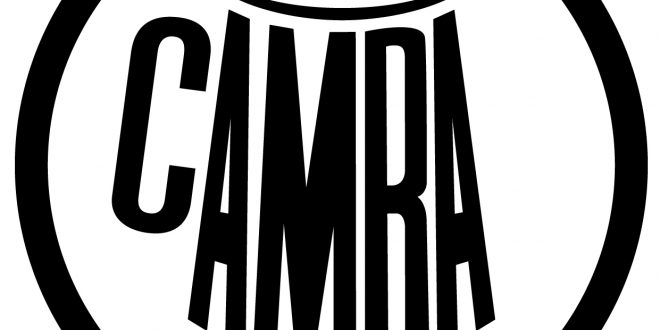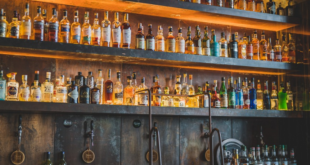How things have changed
According to CAMRA, the Campaign for Real Ale, the UK has over 1400 breweries with over 200 added last year. We probably have more breweries and choices of beer types per head than any other country in the world. I accept that Belgium may disagree!
It was somewhat different back in 1971 when CAMRA was founded. Six national breweries dominated the market, by the1980’s they controlled about 70% of production and distribution. If you went to a Watneys Pub (remember them?), all you could drink was a Watneys liquid (I won’t call it beer) or Guinness which unusually was sold in everyone’s pubs. Through their ownership of most pubs, the Big Six locked out competition and, as there were much higher profits in poor quality fizzy lagers. Hand pumps serving real ale disappeared from many pubs.
What is Real Ale?
For centuries British beers had been delivered to pubs in wooden casks with the fermentation slowly continuing giving condition to the beer. It would then be served either directly from the barrel (gravity) or by using the well-known hand pumps, this is Real Ale. As the beer soon loses condition, cellar skills were needed, and turnover needed to be sufficient, not all Real Ale was good. The 1960’s was a period of technological change, not all of it good. Scientists came up with idea of killing the beers natural secondary fermentation, sterilising and filtering it and then adding gas at the pub to make it sparkle. Beer was not the scientists only casualty, bread and cheese faced similar fates.
Producing these “manufactured” beers required high investments, so the big breweries went on a takeover spree to gain the necessary economies of scale. Most surviving smaller and regional breweries stuck with the real thing, often for cost reasons. Ironically this lack of investment led them to become the “darlings” of CAMRA with many of their beers being highly sought after by beer lovers.
Ale or Lager
The basic ingredients of all beer are; malted barley, water, hops and yeast. In Germany this is enshrined in law. The Reinheitsgebot or the “German Beer Purity Law” does not permit anything else, we are not so lucky. The main difference between Lager and Ale is the type of yeast. Ales use top fermenting yeasts which are quite happy to work at room temperatures. Lager yeasts are bottom fermenting which work at lower temperatures over a longer period. The word Lager relates to storage in German. Many of the so called lagers on offer in the UK by the big breweries in the 60’s 70’s and 80’s bore little resemblance to their namesakes in other countries.
From Disaster to Triumph
CAMRA can rightfully claim to be one of the most successful consumer action groups. It took on the giants of industry and won. Although initially ignored by the big breweries, when sales were lost, attitudes changed. One by one, old beers were revived and hand pumps were re-introduced into pubs, choice though was still very limited, often to one solitary hand pump and not all the beers great.
Ongoing lobbying of politicians by CAMRA eventually brought change, the 1989 Beer Orders was revolutionary leading to the breakup of the Big Six. In essence it limited the number of pubs they could own and allowed for the introduction of guest beers. This opened up the market to both existing independents but importantly to new start-ups. Although there were downsides to this legislation, it can be thanked for the choice we have today.
There are of course still national brands produced in few remaining mega breweries What we now have though is choice something the big breweries of yesterday tried hard to eliminate.
So much choice
The industrial scale breweries built by the giant breweries were designed to make high volumes, to achieve this brewing is concentrated at a handful of mega breweries with national distribution. Changing brews is costly, for maximum efficiency, producing only one type of beer is preferable. Their aim was to offer national beers, a situation they successfully achieved with their lager brands.
In contrast, small breweries using batch production are able to produce a wide variety of seasonal and special brews. If they wanted, every brew could be different. Higher production costs are partly offset by transport savings.
Just as winemakers produce different wines by choosing and blending different grape varieties, brewers work with different malt types and hops. In both cases skills and experience play an important role in producing enjoyable products.
Now is a very good time to be a beer drinker in the UK, thankyou CAMRA.
CAMRA
 Vino-Club For Wine Lovers
Vino-Club For Wine Lovers






